If any organization can attest to the power of small things making a big difference, it’s Children Incorporated. We understand just how important a notebook, a pencil, a new shirt, a toothbrush, or a pair of socks can be for a child who doesn’t have these basic necessities in their life.
By April, donations to the Shoe Fund exceeded $35,000 — meaning more than 1,500 children will be receiving new shoes this year.
There is nothing like a new pair of shoes for a child, especially when they have never had new shoes – ever.
It’s a small gesture, but it is so impactful, and we know that our donors understand this. At the end of 2016, we launched a Shoe Fund campaign to provide as many shoes as possible to children in 2017, and our supporters stepped right up to the challenge.
By April, donations to the Shoe Fund exceeded $35,000 — meaning more than 1,500 children will be receiving new shoes this year.
One way we ensure that kids get shoes is by disbursing funds to our projects so that our volunteer coordinators can purchase pairs for children in our program. Another way we have decided to get shoes to kids in need is by partnering with an inventive already-existing organization to take shoes directly to our kids at our projects.
I first heard about Because International when they sent a pair of their famous Shoes That Grow to our office. I was in awe when I opened the box – two small shoes sat inside, covered in fasteners that allowed them to be adjusted up to five shoe sizes. I reached out to them immediately to talk more about their special shoe.
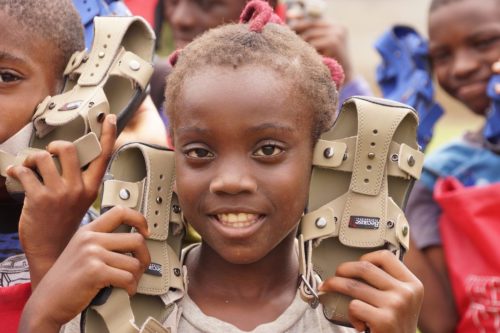
Photo: Because International
I spoke with Andrew Kroes, President of Because International, and he explained that their organization worked strictly with established non-profits just like Children Incorporated to get shoes to kids living in poverty. We also talked about how our goals as organizations were similar – to provide children with basic needs so that they can overcome obstacles and have the opportunity to be healthy and get an education, as well as be positioned for success in life.
A few weeks after we spoke, a bag of fifty shoes arrived to our office from Andrew. This week, I will be traveling with International Programs Specialist, Andreia Beraldo, to Costa Rica and Nicaragua to visit our affiliate sites, and we will be taking The Shoes That Grow with us. Before departing for our trip, I caught up with Andrew to talk more about why Because International feels that shoes are so important – and how shoes and education go hand-in-hand.
SC: What is Because International, and how did it get started?
AK: The Shoe That Grows started when our Founder Kenton Lee was living and working at an orphanage in Nairobi, Kenya in 2007. One day, while walking with the kids, he noticed a little girl in a white dress next to him who had shoes that were way too small for her feet. That led to the question, “Why?” — and finally, an idea: “Wouldn’t it be great if there were a shoe that could adjust and expand – so that kids always had a pair of shoes that fit?”
Kenton returned to the U.S. and told some friends about his idea. A non-profit called Because International was born, and its team devoted themselves to an idea they call “Practical Compassion” — coming up with small things that make a BIG difference for children living in poverty. Their first project was called The Shoe That Grows; and finally, after five years of hard work, their idea became a reality.
SC: Why shoes?
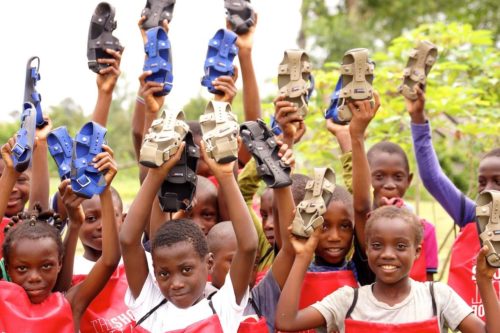
Photo: Because International
AK: In addition to being an “Aha!” moment for our founder, shoes are a simple everyday item that can be easily overlooked. But a pair of shoes can make a world of difference for a child in poverty. A new long-lasting pair of shoes can mean increased
mobility, protection from the environment, better health, more happiness, and it can help put a child in a position to succeed.
In some cases, a simple pair of shoes is what keeps a child from having the full uniform they need to attend school. A pair of shoes doesn’t solve every problem for a child, but it’s a piece of the puzzle. It’s our part, and we’re committed to it.
Kids’ feet grow, and parents know all too well how difficult it can be to keep their kids in a pair of shoes that fit and last. The Shoe That Grows is a practical solution for kids living in poverty. It’s a shoe that is functional and super durable, and it’s designed to keep a child in the same pair of shoes for years. It’s a shoe that grows health, happiness, and dignity, and that puts kids in a better position to succeed.
Instead of reinventing the wheel and trying to reach kids on our own, we know there are already many groups that serve kids in need all around the world. We partner with these groups to help make the shoes and then get them sent. In short, we couldn’t fulfill our mission without this support.
SC: Why work with existing organizations like Children Incorporated?
It’s a shoe that grows health, happiness, and dignity, and that puts kids in a better position to succeed.
AK: As I just said, one of our guiding principles is to not recreate the wheel. We want to stick with what we’re best at, which is developing solutions and networking with other groups. Instead of spending time and resources finding children to serve, traveling, and distributing shoes, we know there are already groups who are doing this. These are groups that need long-lasting shoes for their kids; and in many cases, they source and pay for the shoes. Why not connect with these groups, and together, offer a better shoe?
SC: How many organizations has Because International worked with to date? What communities and people in the world have benefited from Because International?
AK: To date, we’ve worked with over 700 non-profits – churches, schools, clubs, individuals, and others – to distribute over 80,000 pairs of shoes in 84 countries across six continents. High concentration impoverished areas are in East Africa and Haiti, prompting us to source as many pairs as we can in these places. Production has begun in Ethiopia, and we’re in the beginning stages of arranging Haitian production.
SC: Do you have any special stories about the work of Because International?
AK: Yes. I would love to introduce you to Patrick.
Last year, we connected with a man named Eddie in Uganda. Eddie has helped coordinate testing we are doing for a new project. A few months prior, he was driving through a rural village in Uganda when he saw a boy climbing a tree trying to get an unripe jackfruit. The boy said he was hungry and wanted to have something in his stomach so he could sleep.

Photo: Because International
His name was Patrick, and he was thirteen years old. Eddie had compassion for Patrick, and taught him about farming so that he could earn a little money for his family.
When our Director of Operations Luke Goodman went to Uganda to check on the new project testing with Eddie, he took ten pairs of The Shoe That Grows with him. When Eddie saw the shoes, he immediately thought of Patrick. Patrick works on the farm and also walks long distances barefoot through harsh terrain to get to school.
As Eddie and Luke drove around, they decided to make a final stop at Patrick’s farm. He was there working in the cabbage field. Eddie handed him a pair of shoes. Luke helped him adjust the shoes to his foot size. Luke noticed how weathered his feet had become, even at such a young age.
Eddie shared a story that occurred after Luke left: The day after they gave the shoes to Patrick, he went out and fetched twenty liters of water, and then he sold them for 500 shillings ($0.14 USD). He used this money to make a phone call to Eddie. Eddie answered the phone, and Patrick only wanted to say thanks for the shoes, because it was the first pair of shoes he had ever owned. Since he is going to start school soon, he was so happy to have a pair of shoes to wear to walk the long distance.
SC: What are the future goals of Because International?
AK: We want to squeeze every ounce of impact out of the shoes that we can; this includes making the shoes as functional, durable, and comfortable as possible so that they truly are the best shoes in the world for a child living in poverty. From there, we want to bless people through the production of the shoes by making more and more of them in areas where they are being distributed the most. We’re also committed to keeping our eyes open for additional innovations and ideas that can make life a bit easier for kids living in poverty.
And finally, we want to come alongside those locally who have their own ideas and dreams, and help them make their dreams a reality. Innovation will continue to improve living standards for those living in poverty, and many of the most impactful solutions will be dreamed up by those living in the closest proximity.


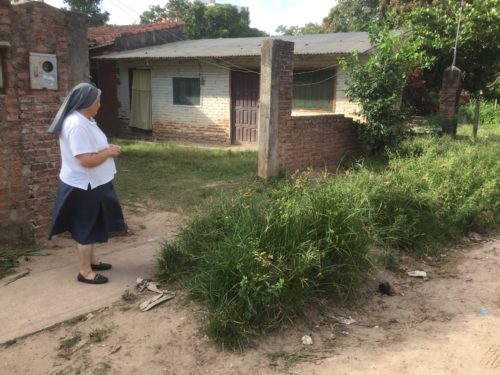
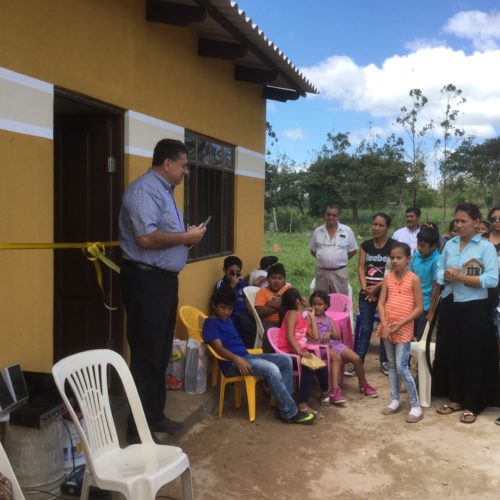
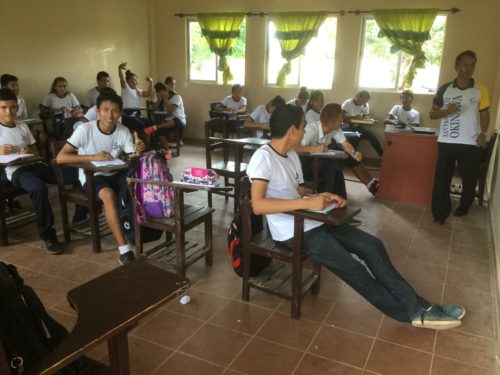
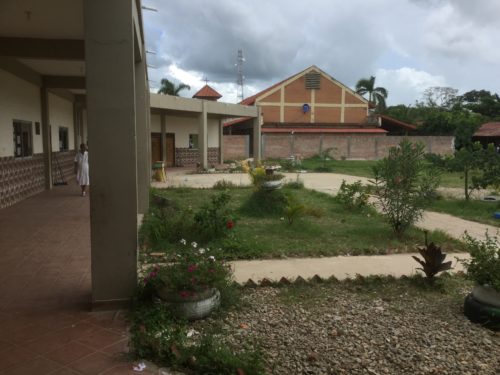

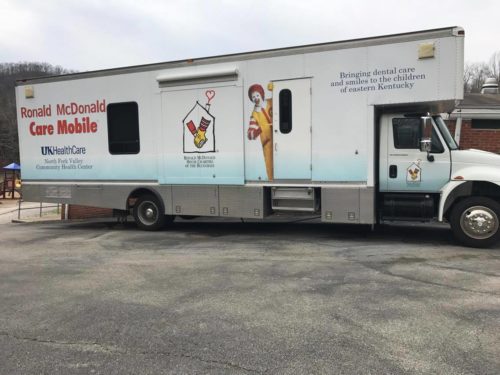
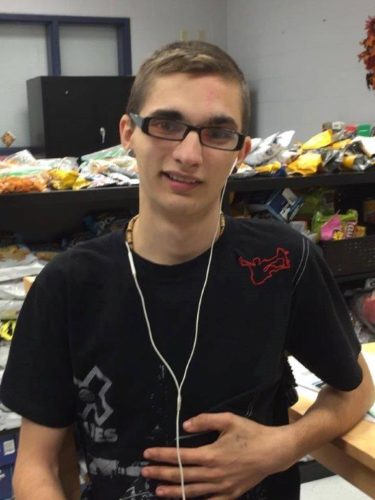
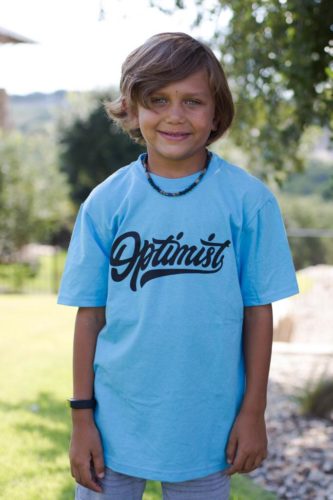 We recently spoke with Micah Greer, the founder of
We recently spoke with Micah Greer, the founder of 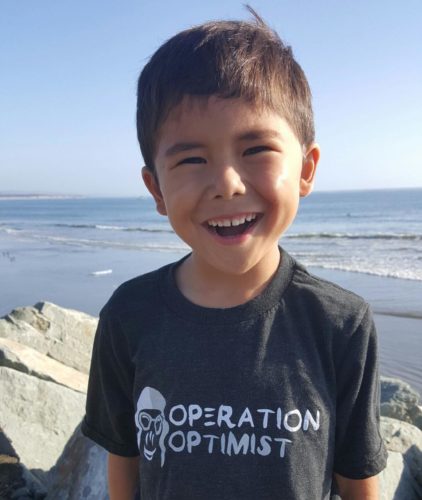 And now you are launching Operation Optimist. Can you tell us what led you to do so, as well as what you hope to accomplish?
And now you are launching Operation Optimist. Can you tell us what led you to do so, as well as what you hope to accomplish?